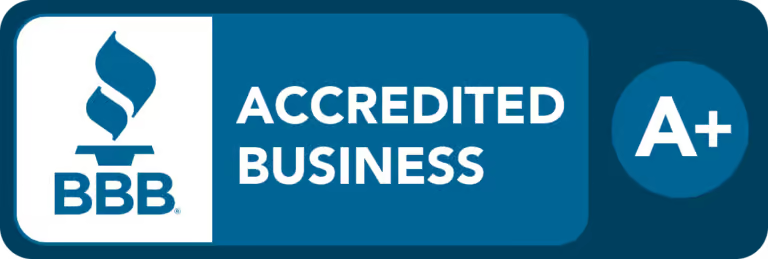Introduction: In today’s digital world, the threat of viruses and malware is a constant concern. These malicious programs can wreak havoc on your computer, compromising your privacy, stealing sensitive information, and slowing down your system. It’s crucial to know how to effectively remove viruses and malware to protect your computer and maintain its optimal performance. In this article, we’ll provide you with a step-by-step guide to help you eliminate these threats and regain control of your computer.
Identify the Symptoms: The first step in removing viruses and malware is to identify the symptoms. Look out for signs such as frequent crashes, slow performance, unusual pop-ups, redirected web searches, or unauthorized changes to your files. These are indications that your computer may be infected.
Update Your Antivirus Software: Ensure that your antivirus software is up to date with the latest virus definitions. Run a full system scan to detect and remove any viruses or malware. If you don’t have antivirus software installed, consider downloading and installing a reputable program to help safeguard your computer.
Enter Safe Mode: Restart your computer and enter Safe Mode. This mode allows you to run your computer with a minimal set of drivers and services, making it easier to identify and remove malware that may be actively running in the background.
Perform a Malware Scan: In addition to your antivirus software, use specialized malware removal tools such as Malwarebytes or Spybot Search and Destroy. These tools can detect and remove malware that might have been missed by your antivirus program.
Delete Temporary Files and Clear Browser Cache: Viruses and malware often leave traces in temporary files and browser caches. Delete these files to ensure that no infected files remain on your system. Use the Disk Cleanup utility to remove temporary files and clear your browser cache to eliminate any potential threats.
Update Your Operating System and Applications: Ensure that your operating system and all installed applications are up to date. Regularly installing updates patches security vulnerabilities and helps protect your computer from malware attacks.
Enable Firewall Protection: Activate your computer’s built-in firewall or install a reputable firewall program. A firewall acts as a barrier between your computer and potential threats, monitoring and blocking unauthorized access.
Educate Yourself on Safe Browsing Habits: Prevention is key when it comes to viruses and malware. Educate yourself on safe browsing habits, such as avoiding suspicious websites, refraining from downloading files from unknown sources, and being cautious with email attachments. Awareness and vigilance can help you avoid malware infections.
Conclusion: Removing viruses and malware from your computer is essential to protect your privacy, data, and overall system performance. By following the steps outlined in this guide and adopting proactive security measures, you can effectively eliminate these threats and maintain a secure and healthy computer environment.
Remember, prevention is crucial, so always stay updated with the latest security practices and keep your antivirus software and operating system up to date. Stay informed, stay vigilant, and keep your computer protected from the ever-evolving landscape of viruses and malware.

